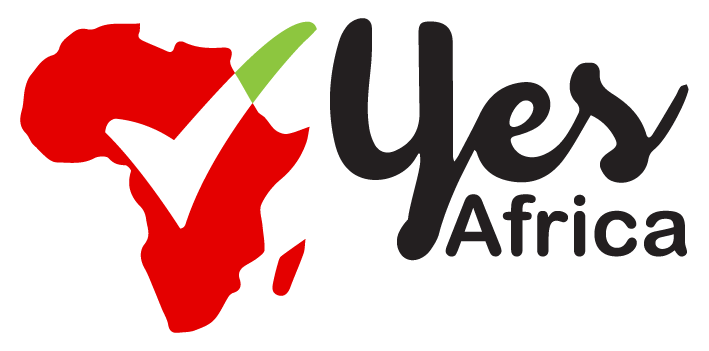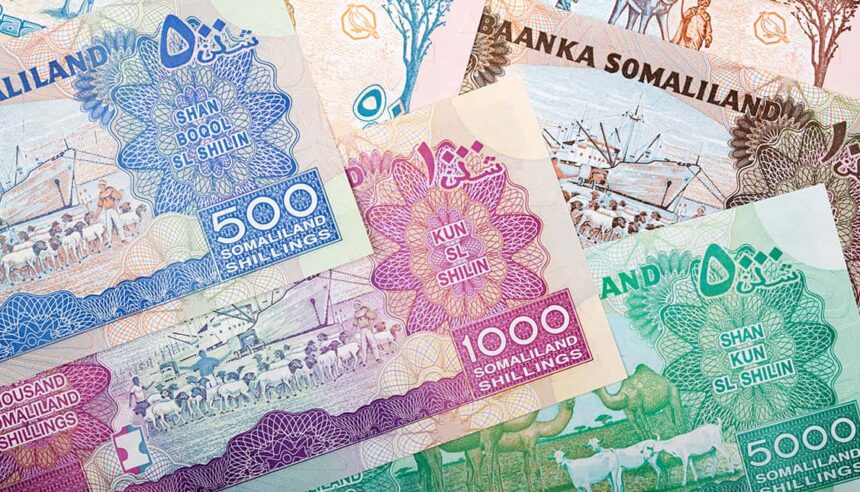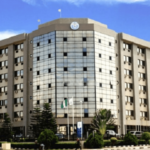The United States has forgiven $1.14 billion of Somalia’s debt in a bilateral agreement aimed at supporting Somalia’s economic stability.
The debt forgiveness deal was formalized in Mogadishu on Tuesday, signed by Somalia’s Finance Minister Bihi Egeh and U.S. Ambassador Richard Riley.
Ambassador Riley emphasized that this debt relief is just part of the broader U.S. support for Somalia.
The agreement represents the single largest portion of Somalia’s $4.5 billion external debt that was restructured through the Heavily Indebted Poor Countries (HIPC) Initiative. The HIPC, a global program, is spearheaded by the World Bank and IMF to help heavily indebted countries reach more sustainable financial standing.
- Advertisement -
In addition to the debt forgiveness, the U.S. has provided $1.2 billion in development, economic, security, and humanitarian aid this fiscal year, reinforcing its commitment as a “steadfast partner” for Somalia.
Somalia’s Finance Minister Egeh expressed gratitude for the U.S.’s “unwavering support” toward the country’s economic growth and reform initiatives, highlighting the transformative impact of such assistance.
The debt relief arrives at a critical time as Somalia seeks to stabilize its economy amid ongoing challenges, including the al-Shabaab insurgency, recurring climate disasters, and significant economic constraints.
Somalia, one of the world’s poorest nations, depends heavily on foreign aid, with around 70% of its population living below the poverty line of $1.90 per day.
The U.S. debt forgiveness complements a recent decision by the Somali parliament to approve a $1.36 billion national budget for 2025, marking a nearly 25% increase from 2024.
- Advertisement -
The Somali Finance Ministry anticipates economic growth at 3.7% in 2024 and 3.9% in 2025, up from 2.8% in 2023. Yet, the government warns that global events, such as the Ukraine war and the Middle East conflict, could impact overall growth.










